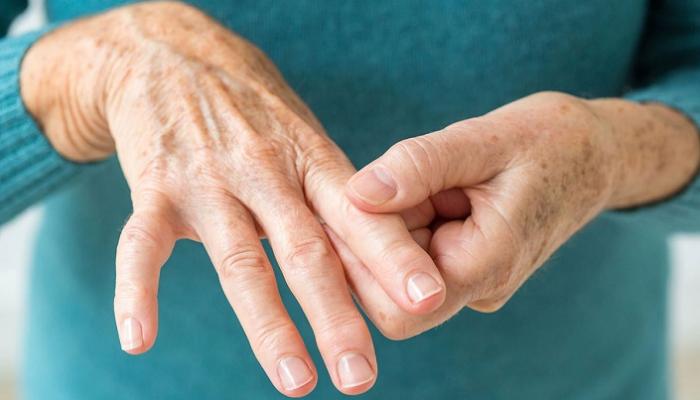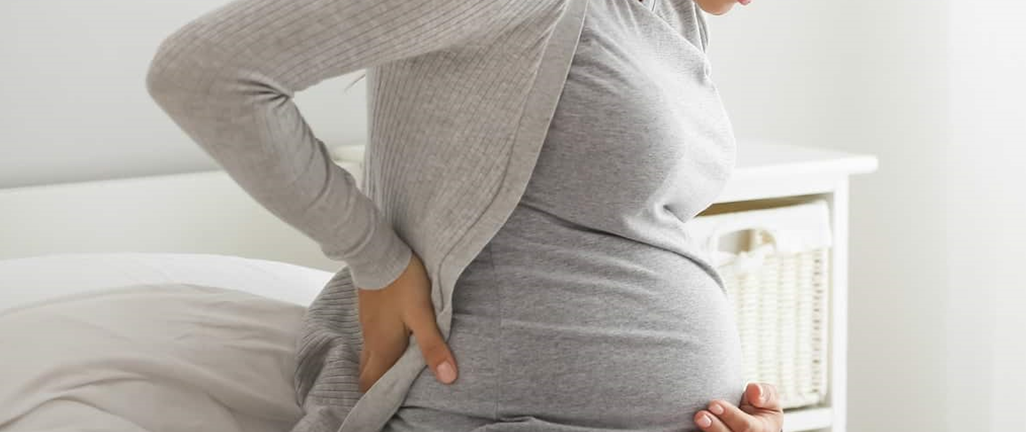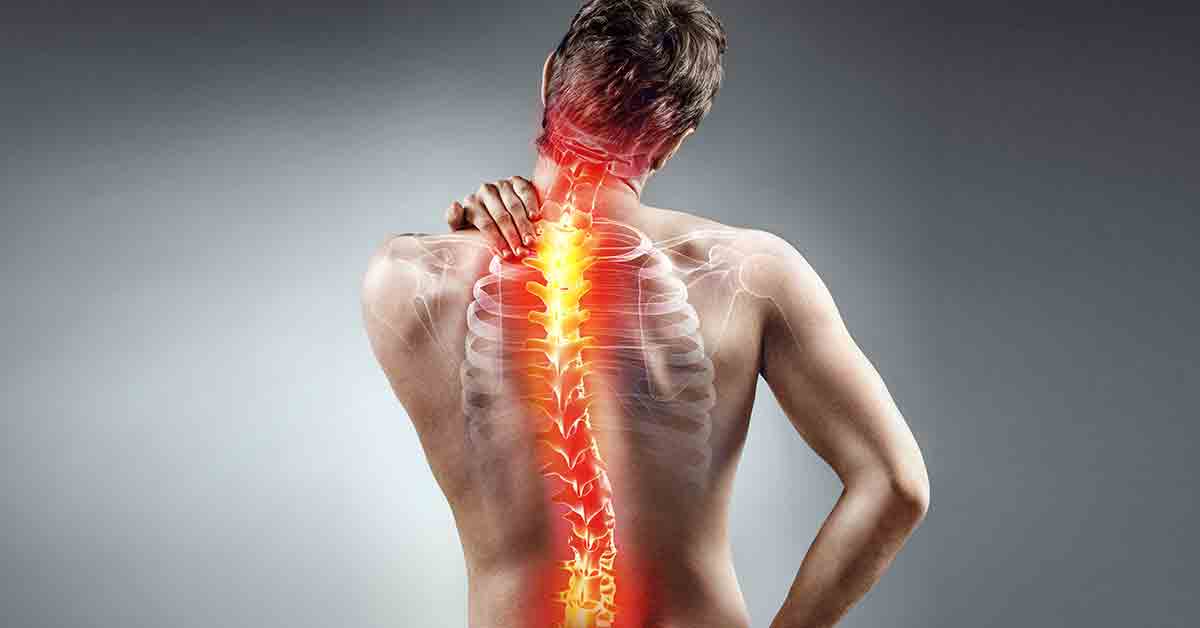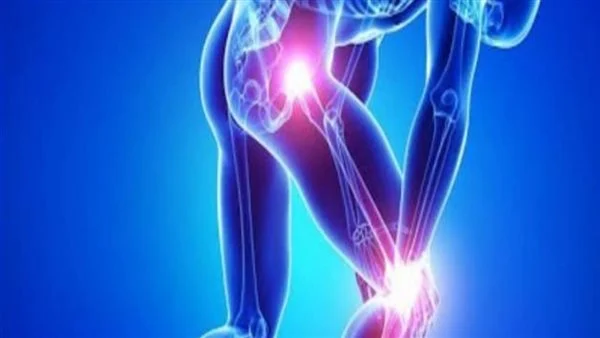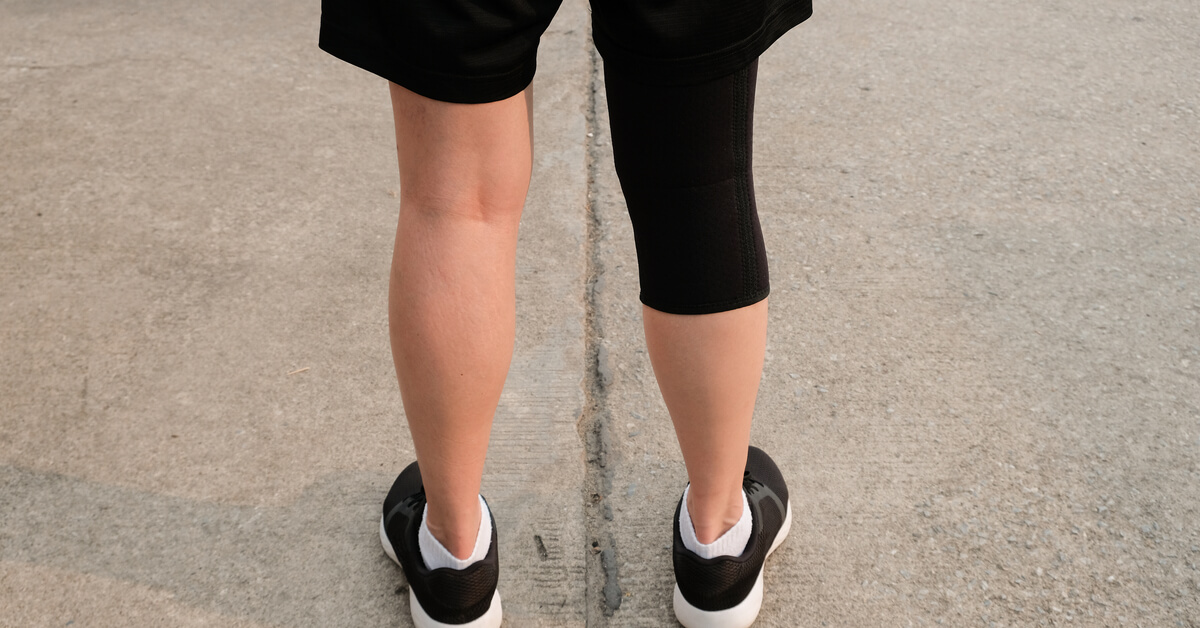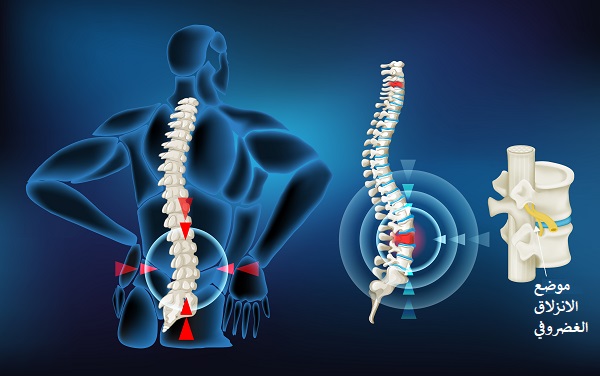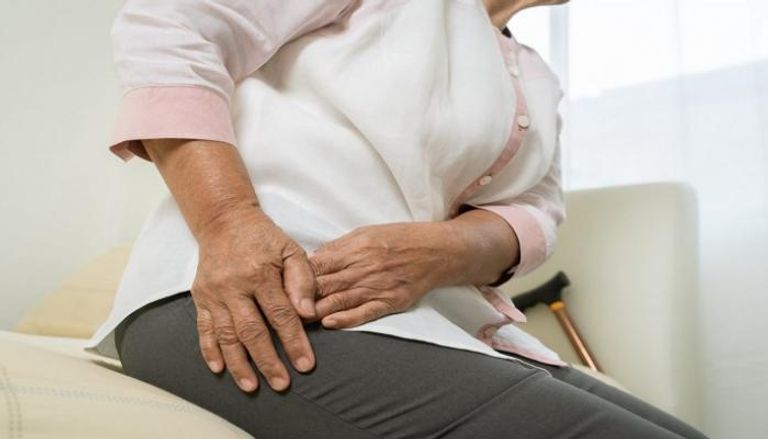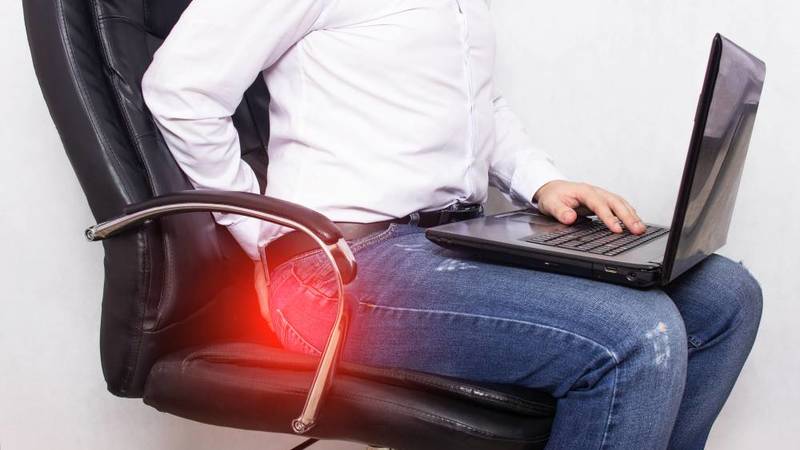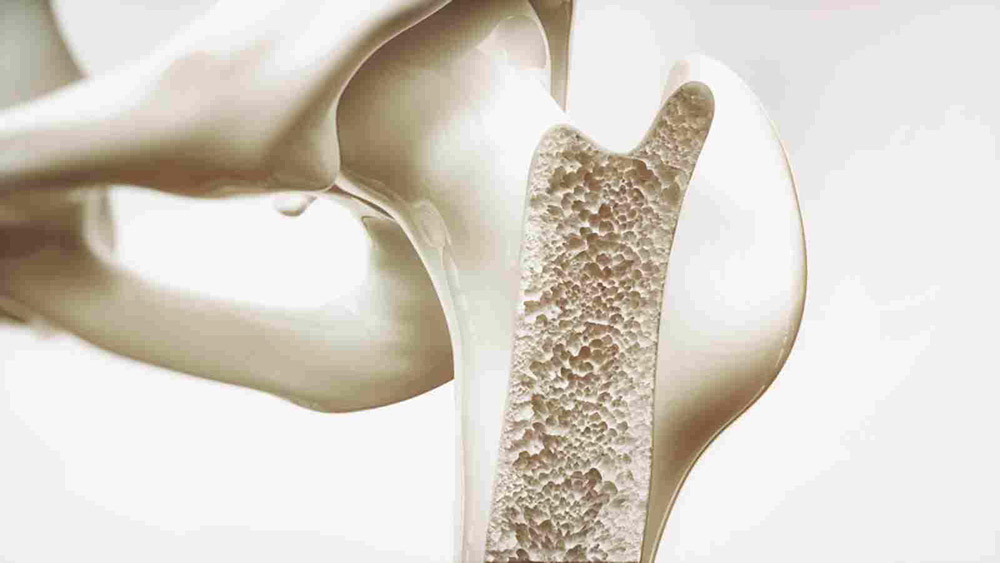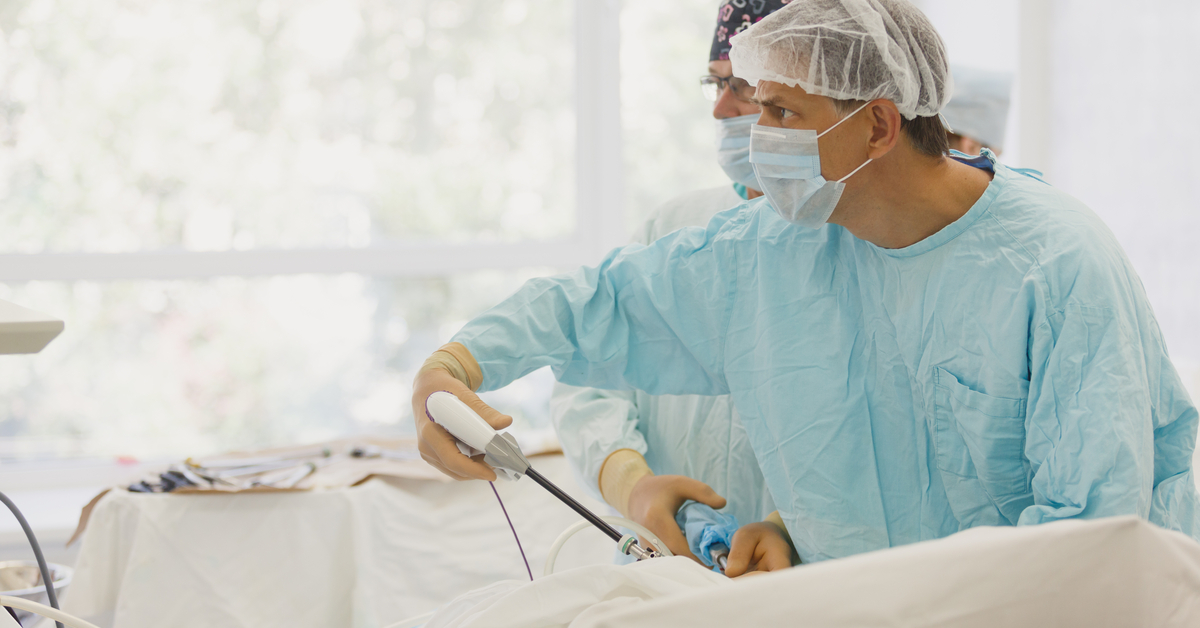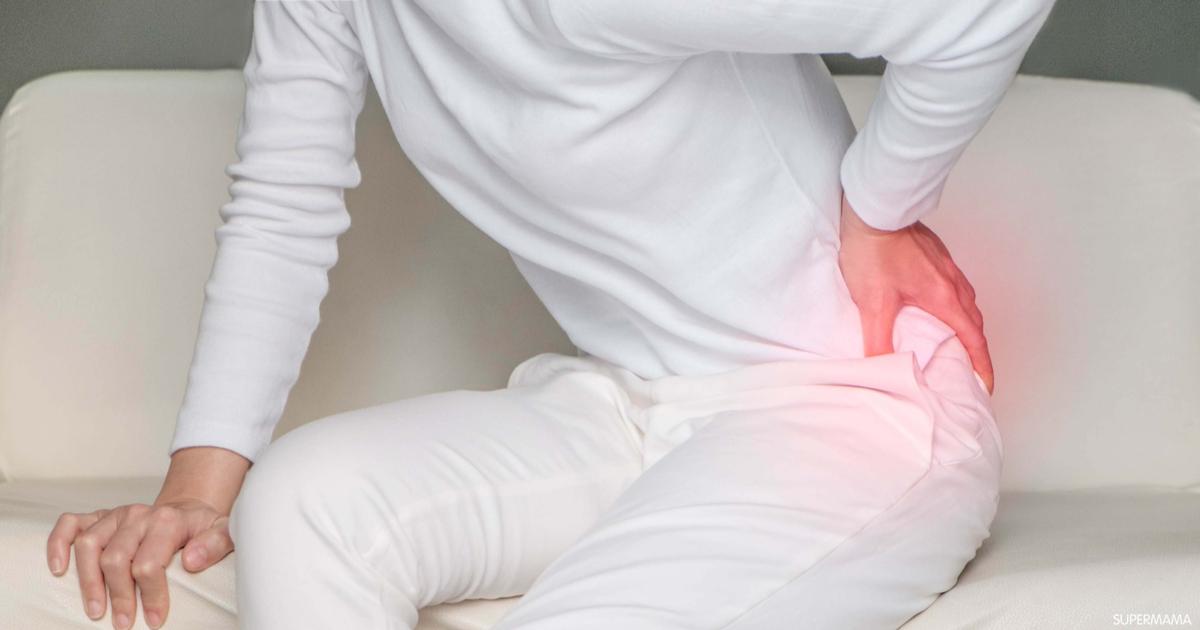Knee roughness treatment with oils
Many people around us suffer from knee roughness, but they do not know how to deal with the situation well or follow methods that reduce the pain, in the following article we will learn about the most important traditional home and medical methods in treating this disease, so let us read the following.
What is the treatment of knee roughness with oils?
The oils are not able to permanently treat knee roughness, but they are very effective in reducing the pain resulting from knee roughness. Here are some of the oils used in that:
- Eucalyptus oil: This oil contains many active substances that contribute significantly to reducing pain and inflammation, and it is used by placing some drops in the bathtub and relaxing in it, or by inhaling it.
- Frankincense: It reduces attacks by the immune system on tissues and joints, in addition to significantly reducing pain, because it contains Boswellic acid.
- Lavender oil: It is effective for some people and reduces pain after a week of regular use.
- Ginger oil: Ginger oil has an effective role in reducing pain and inflammation significantly, in addition to making the patient able to move his feet well.
- Orange oil: The composition of orange oil contains many substances that are very effective in reducing inflammation.
- Evening primrose oil: This oil contains gamma-linolenic acid, which turns into compounds that attack inflammation inside the body and relieve pain in a very effective way, but it is criticized for its danger to the liver because it contains compounds that may cause damage.
- Turmeric oil: contains many substances that play an effective role in reducing inflammation and reducing the resulting pain.
- Basil oil: As a result of the Linalool it contains, it contributes significantly to relieving inflammation associated with knee roughness.
Knee roughness treatment herbal
In addition to following pharmacological treatment methods, the many benefits that can be obtained when trying to treat knee roughness with herbs cannot be denied. It is distinguished in this method that it is completely inexpensive and can be done easily at home, and here are some herbs that are used in treatment:
- Willow bark: The treatment is received from this herb by drinking, as it has magical results in alleviating the severity of pain, but it is criticized for its danger to some people who suffer from problems in the digestive system or patients with diabetes and liver and children under the age of 18, in addition to those who take blood thinners.
- Ginger: It significantly reduces swelling and redness of the joints, and this is why it is indispensable in the treatment of knee roughness, and it is taken in many forms, as it may be boiled or as ginger tea, nutritional supplements, and powder, in addition to the possibility of eating the roots.
- Turmeric: Its importance is because it contains curcumin, which plays an effective role in reducing inflammation and reducing symptoms of knee roughness, arthritis, and osteoporosis.
- Cinnamon: It can be eaten in many ways because it has many uses, and its importance is because it contains antioxidants and inflammation.
- Cat’s claw: This plant can be obtained from South America, in addition to its availability in the form of food supplements, this plant contributes to reducing pain and the ability to move normally without facing any joint problems.
The best treatment for knee roughness
What is the best treatment for knee roughness is determined according to the patient’s condition and the extent of its development, and there are many known treatment methods, and here are some of them:
Medication treatment
When receiving any of the drugs intended for the treatment of knee roughness, this must be according to medical advice, as they cause side effects that may be dangerous for many individuals, and examples of these drugs are:
- Non-steroidal anti-inflammatory drugs: Those who take this type of medication are exposed to severe or moderate pain due to knee roughness, and this treatment is dangerous for the elderly and those suffering from high blood pressure or heart disease.
- Topical analgesics: These are some creams that the doctor prescribes to the patient to apply on the knee to relieve pain and reduce swelling.
- Injections: Examples of injections that are prescribed by the doctor for the treatment of knee roughness are steroid injections and hyaluronic acid injections.
- Glucosamine and chondroitin sulfate supplements: Most likely, the body secretes these substances naturally within the cartilage to strengthen them, and it is not recommended for the most part because it causes great danger.
Knee roughness treatment by natural methods and alternative medicine
In this type of treatment, many healthy methods and habits are followed in order to alleviate the symptoms, and here are some of them:
- In the case of obesity, care must be taken to lose excess weight and follow a healthy diet, and this reduces swelling and inflammation that occur in the knee area.
- Persistence in performing exercises, especially those that focus on the muscles surrounding the joint, as they increase the stability and flexibility of the joints, which helps them move well.
- Resorting to alternative medicine such as acupuncture.
- Doing cold and warm compresses alternately on the knee area is very effective in many cases.
- Persistence in massage, even once a week, has a great factor in relieving pain.
- Water aerobics, such as swimming, plays a major role in controlling knee roughness.
- Getting a proper amount of rest is a very big factor in improving knee roughness.
Surgical treatment of knee roughness
If the previous treatment methods were not effective in reducing the pain of knee roughness, the doctor recommends a surgical solution. Here are some types of surgeries used in the treatment of knee roughness:
- Laparoscopic surgery: Candidates for this surgery are less than 40 years old.
- Osteotomy surgery: in which excess parts of the bone are cut off in order to relieve pressure on the knee joint.
- Knee joint replacement: This operation is somewhat complicated, in which the damaged parts of the knee joint are replaced with artificial ones, but they may be restored again in the future because the artificial parts are subject to damage over time.
Does garlic treat knee roughness?
Garlic may have an effective role in treating knee roughness because it contains many properties that calm inflammation and garlic is used to treat knee roughness in the following ways:
- Mix garlic paste with oil, warm the mixture and apply it to the affected area.
- Mix a tablespoon of garlic with honey.
- Eat garlic cloves raw.
Do trotters treat knee roughness?
The trotters have a very big role in treating knee roughness and maintaining the integrity of the cartilage, and this is because they contain a very effective gelatinous substance and a similar substance is included in the formulations of some drugs, and its benefits are very numerous.
Knee roughness exercises
There are many questions that many people ask, such as do exercises treat knee roughness? The answer to this question is in the affirmative because the exercises that are concentrated around the muscles around the knee contribute to reducing the pain resulting from knee roughness, and here are some of them:
Hamstring stretch exercise
- Lie on your back and do a straight leg stretch with a strap around the bottom of your foot.
- Use the belt to support the leg and elevate it until you feel a moderate stretch in the back of the knee and thigh.
- Hold this position for 30 seconds, then slowly lower your foot.
Straight leg raise exercise
- Lie on your back with the foot you want to exercise straight.
- Bend the other knee to support your lower back.
- Work on stretching the upper thigh muscle by lifting it.
- When you reach the level of your other knee, slowly lower it.
Calf muscle extension exercise
- Stand in front of a wall with your leg extended behind you.
- The other leg is in front.
- Put your hand on the wall for support.
- Slowly bend the front knee while keeping the heel of the back leg on the floor.
- Hold this position for 30 seconds.
- When you feel a stretch in the calf muscle at the back of the ankle, move slowly for moderation.
Half squat exercise
- Stand with feet shoulder-width apart and arms extended forward.
- Slowly bend your knees until you are in a half-seated position.
- Make sure the back is straight, the chest is up, and the feet are straight.
- Don’t lean forward.
- Hold this position for 5 seconds, then slowly straighten.
Single-leg drop exercise
- Stand between two chairs so that you are able to maintain balance.
- Lift your leg 12 inches and hold this position.
- Make sure your back is straight, then bend the other leg.
- Lower your body slightly as if you are in a sitting position.
- Hold this position for 5 seconds.
- Repeat the same with the other leg.
Leg sliding exercise
- Stand up straight while holding the back of a chair.
- Slide the foot back, keeping the toes on the floor, until the buttocks are engaged.
- Return to the original position.
- Repeat the steps with the other foot.
Prohibited exercises for patients with knee roughness
There are many exercises that doctors advise people with knee roughness to avoid doing, and this may include exercises that require high physical intensity such as tennis, basket, racquet, and football.
As for when the patient exercises in the halls designated for this, he must avoid activities that depend on jumping and sudden movements, in addition to avoiding any exercises that may cause pressure on the knee joint.
Knee roughness treatment with honey
Many studies have been conducted on the effectiveness of honey in treating knee roughness, as its results were evaluated on many people and it was noted the extent of its positive effect and its ability to reduce pain resulting from knee roughness in addition to stimulating the body’s ability to perform vital functions.
What is the difference between knee roughness and friction?
Individuals suffer from knee roughness as a result of permanent friction in the joints, which may cause cartilage erosion, meaning that friction is the main cause of knee roughness, especially if the condition has been neglected since its inception without interest in receiving appropriate treatment.
Does knee roughness cause pain in the leg?
There is no doubt that knee roughness causes severe leg pain that may often reach the point of not being able to move well because of the severity of the pain.
Whereas, as soon as the patient performs any normal activities such as climbing stairs or walking in a normal way, he notices severe pain spreading in the leg area and hindering his ability to move normally.
What are the complications of knee roughness?
In the event that an individual suffers from knee roughness and neglects his condition without receiving appropriate treatment from the beginning, this causes many serious complications, and medications are not sufficient to deal with it in this situation, and surgical intervention becomes inevitable, and here are some of those complications:
- Inability to practice daily life normally without feeling chronic pain.
- The patient becomes unable to move the affected leg.
- It is very difficult to do the simplest things like going up and down stairs.
- Failure to work due to the inability to move, sit or even stand.
- Joint deformity.
- The pain continues all the time and is not in the form of periods as it was at its beginning.

